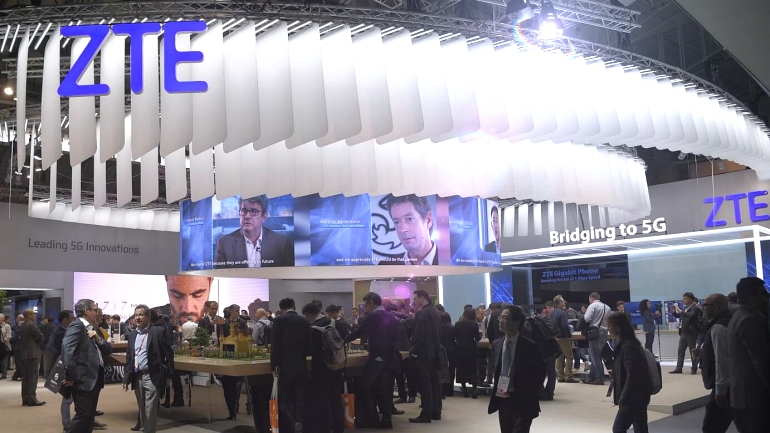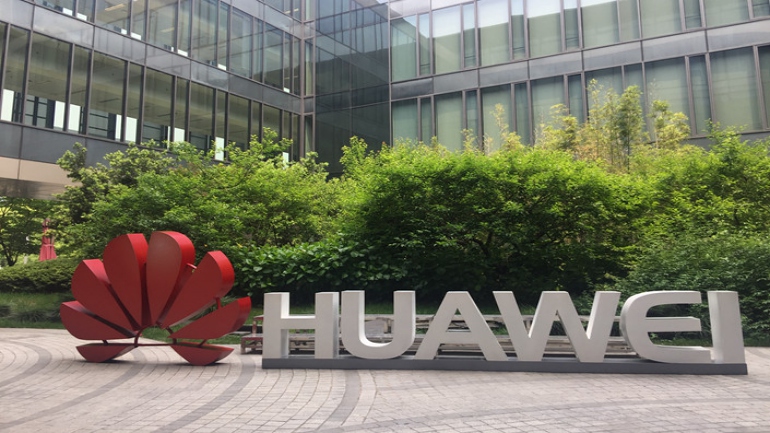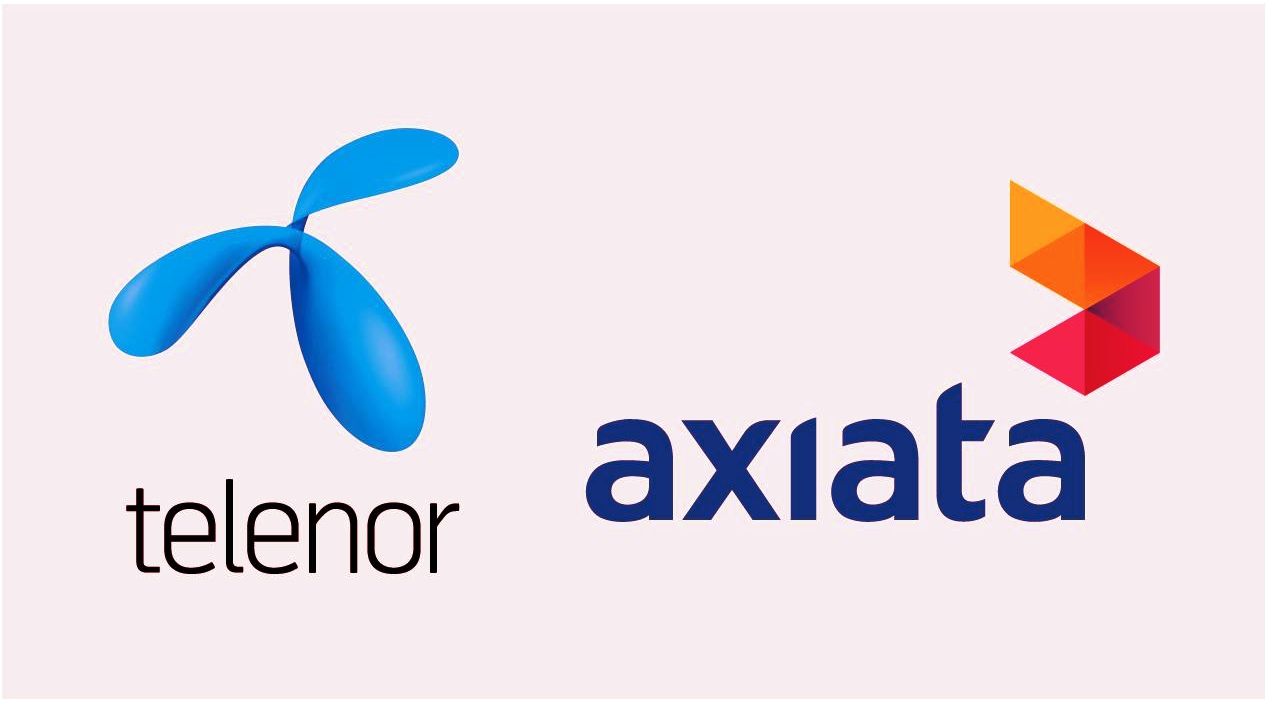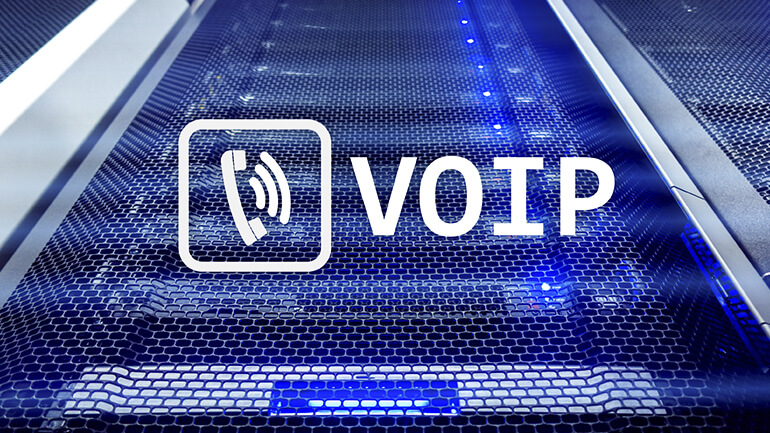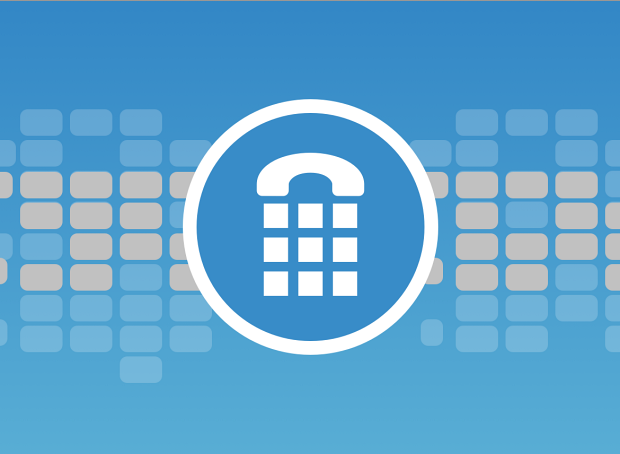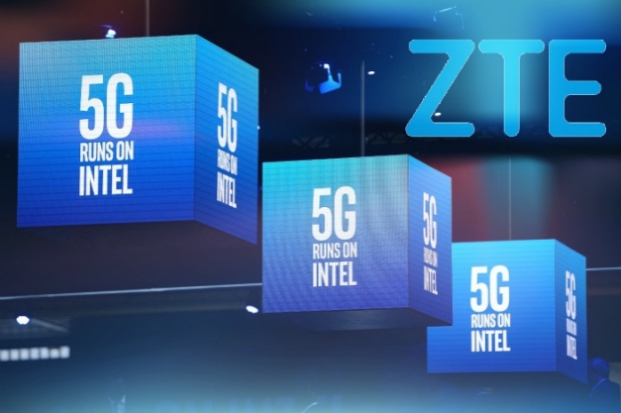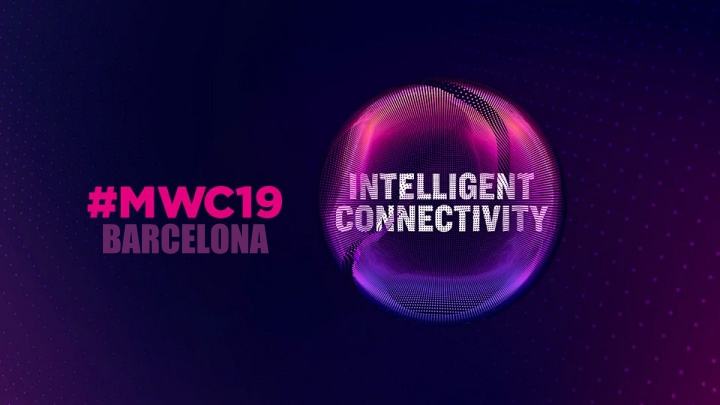The Chinese telecommunications, enterprise and consumer technology and equipment provider ZTE Corporation has launched its first domestic cybersecurity lab in Nanjing, China, thus confirming its commitment to the ICT industry to counter cybersecurity threats. The company is also planning to expand across the globe with similar facilities in the near future, with the first installations being in Italy and Belgium. According to a statement by ZTE, the opening of a new lab represents an important milestone for the company as it aims to increase transparency and enhance trust with third parties, including customers, global regulators and other stakeholders. This initiative is in direct response to the national security concerns that are prompting several countries to apply restrictions on the use of equipment from Chinese vendors in 5G rollouts. Zhong Hong, Chief Security Officer at ZTE, said, “The security lab is an open and cooperative platform for the industry.…
China’s Huawei Technologies has launched new database and storage products with the aim of redefining its data infrastructure and strengthening the global presence of its cloud business. The world’s first AI-native database GaussDB supports differentiated scenarios such as private and public clouds and data services in the finance, internet, logistics and automotive sectors. Huawei’s FusionStorage 8.0 is claimed to be the industry’s best-performing distributed storage solution for supporting enterprise applications. “Humanity is entering the age of an intelligent world,” said David Wang, Huawei Executive Director of the Board and President of ICT Strategy and Marketing. “Data is the new factor of production, and intelligence the new productivity. Heterogeneous, intelligent, and converged databases will become the key data infrastructure of the financial, government, and telecoms industries.” With this new database management product, the Shenzhen-based company marks its official entry into the database field and places itself in direct competition with…
Norwegian telco Telenor Group and Malaysia-based Axiata Group have announced their discussions regarding a prospective non-cash merger of their telecom and infrastructure assets in Asia, in which Telenor would take a majority stake. Telenor and Axiata’s jointly owned telecommunications giant MergeCo would combine the two companies’ operations in South and Southeast Asia, and in its headquarters in Malaysia would serve almost 300 million customers using approximately 60,000 communication towers located across Asia. Gunn Wærsted, Chair of Telenor Group, said: “Today we announce that Telenor and Axiata are in discussions on joining forces in Asia, one of the most dynamic and innovative regions in the world. Together, we aim to create a leading and well-diversified pan-Asian telecom and infrastructure company with substantial synergy potential and strong regional operations. It is Telenor’s strategy to develop and create value from our core telco assets in the Nordic and Asian region. This potential merger…
The VoIP market is set for impressive growth from USD 20 billion in 2018 to around USD 55 billion by 2025, according to a report submitted by Global Market Insights, Inc. The anticipated growth is due to the technology’s rapid development and the increased adoption of cloud-based VoIP services that provide cost-effective and efficient ways to communicate. The forecast increase in VoIP adoption is also seen as the result of businesses migrating from traditional to cloud-based phone systems in their quest to achieve high business performance through more reliable and routable calling services and reduced maintenance. The report indicates that the hosted IP PBX segment in the VoIP market is “expected to witness the fastest growth rate of over 15% from 2019 to 2025 as IP-based phone systems are hosted by service providers.” Hosted VoIP eliminates the need to install any equipment on site, thus reducing maintenance and…
The current telecommunications market is abundant with a variety of business phone systems carefully designed to improve day-to-day communications and handle the complex needs of various organizations. Among the different existing types of telephone systems appropriate for use by small-to-medium size businesses, VoIP-related phone solutions are currently the most common and are growing in popularity. VoIP phone systems operate using broadband Internet connections and generally include quick and easy installation, cost effective pricing, high scalability and advanced features with options to cater to any entity size, ranging from a small business to a multi-service enterprise. A comprehensive VoIP solution should include a range of voice functions needed by the organization, and support both external and internal communications as required. Finding the most suitable phone system may be overwhelming, so for those currently on the lookout, here are the top ten VoIP phone systems to investigate. Nextiva VoIP Software…
Most progressive and forward-thinking companies employ advanced technologies when trying to find new ways to strengthen commercial relationships and reinforce their business processes to promote growth. In today’s global digital world, telephony has become much more than just communications – it promotes innovation, efficiency, flexibility and integration. While more and more companies are seeking to adopt modern, cost-effective communication technology such as VoIP (Voice over Internet protocol), the task of communicating with customers and taking care of their needs is often accomplished using advanced and high-tech CRM (customer relationship management) solutions. VoIP-CRM integrations allow cloud VoIP providers to connect their customer’s CRM accounts with the implemented business phone systems, and exchange data between the two platforms. Let’s analyze the benefits of CRM and phone system integration, and the smart communication models for business that offer the combination of VoIP and CRM. The concept of VoIP-CRM integration In general, CRM…
The Global mobile Suppliers Association (GSA) has launched the first database in the telecommunications industry to track worldwide 5G devices. This new 5G device tracking and reporting facility, which forms part of the GSA Analyser for Mobile Broadband Devices (GAMBoD) database, “represents an important milestone for the 5G ecosystem as it moves from service trials and prototype user equipment to commercially available services and devices”. In its first survey, 5G Device Ecosystem Report, dated March 2019, the GSA identified a total of 23 vendors that have confirmed the upcoming availability of 5G devices, with 33 different devices available, including regional variants. There were 7 publicized 5G device form factors, namely phones, hotspots, indoor CPE, outdoor CPE, modules, Snap-On dongles, adapters and USB terminals. On a per form factor basis, the report identified 12 phones (plus regional variants), 5 hotspots (plus regional variants), 8 CPE devices (indoor and outdoor),…
Do you want to change your telecommunication service provider, but need to keep your current phone number? This process is called number portability, and defines the mechanism and procedures that allow you to switch from one phone network service provider to another in any Licensed Service Area (LSA), while maintaining your existing number. Number portability offers customers the right to exercise their choice in selecting a service provider and, at the same time, avoid the inconvenience of being allocated a new phone number. This important facility provides the customer with freedom-of-choice and, as a result, generates competition among service providers encouraging lower tariffs, improved services and enhanced Quality of Service (QoS) of the networks. It is important to note that the portability feature only concerns the phone number, and is not applicable to services. In this article we focus on the complete porting process from start to finish and, at…
ZTE Corporation and Intel have jointly launched the Light Cloud platform for access networks at the 5G Summit being held at Mobile World Congress 2019 in Barcelona. The Light Cloud solution is based on Intel’s innovative Edge products, impeccably integrated into ZTE’s flagship optical fiber access platform, Titan, thus merging Multi-access Edge Computing (MEC) and Network function virtualization (NFVI). The solution employs lightweight blade servers equipped with Intel Xeon D processors. When embedded in an OLT or BRAS device, the blade servers transform it into lightweight cloud infrastructure, thus reducing high capital costs and making a positive environmental impact. The infrastructure opens up computing and storage possibilities based on telecom access equipment, and allows the deployment and distribution of application-sensitive services. The access layer with cloud features is supported by built-in blade servers, and facilitates the ability to offer a wide range of cloud applications and services, including…
The Mobile World Congress – MWC Barcelona 2019 – is here. More than 100,000 mobile industry insiders, telecom specialists, professionals, analysts, reporters, and admirers of the most advanced devices have gathered to explore the wonders of the latest technology. Tech giants such as Samsung, Huawei, Xiaomi, and Vivo unveiled their innovations just before the show, but here we list some notable smartphones that have been presented at MWC. LG V50 ThinQ South Korea’s LG Electronics has unveiled its first 5G smartphone with a dual screen, the V50 ThinQ. The two screens are independant, enabling users to watch videos on one screen and browse the Internet on the other. Qualcomm’s cutting-edge Snapdragon 855 chipset together with a X50 5G modem will power the V50 model to support high-resolution games and data-rich applications without latency. The phone, with a 6.4-inch OLED full vision display, is equipped with a 4,000 mAh battery and…



